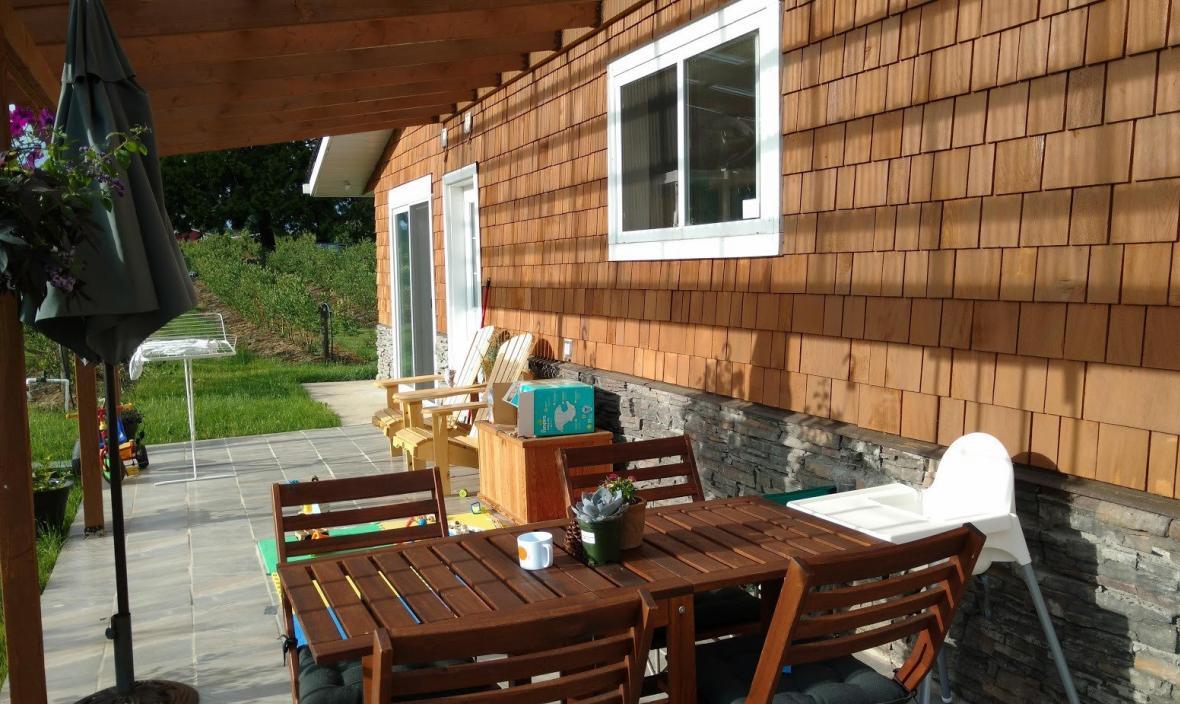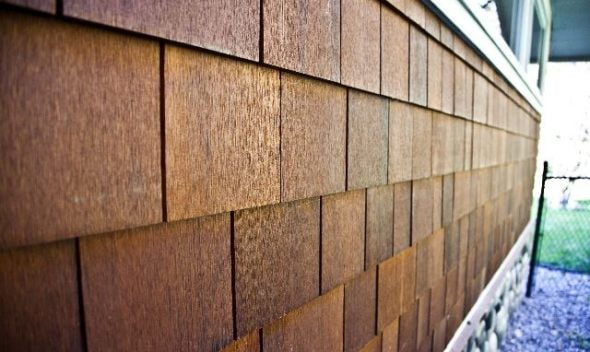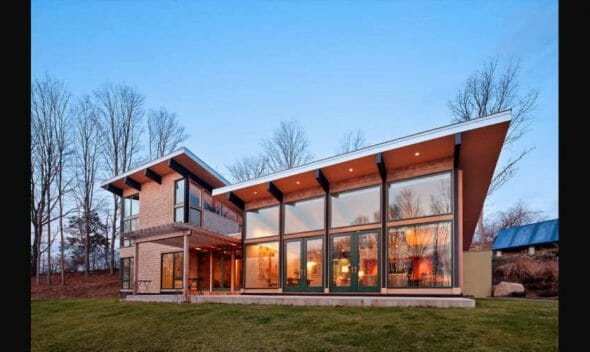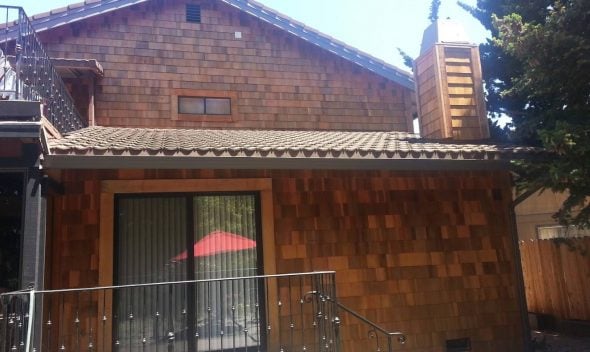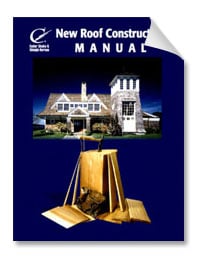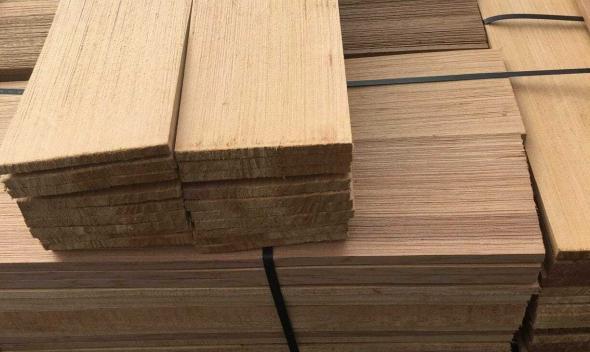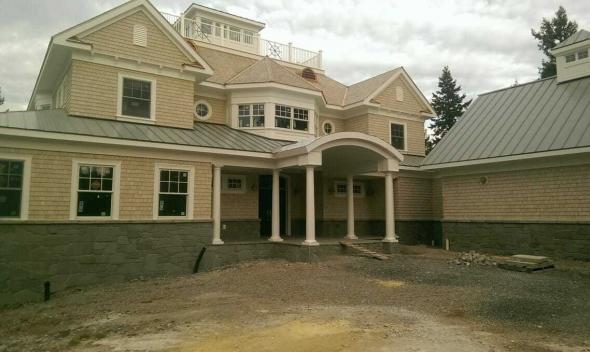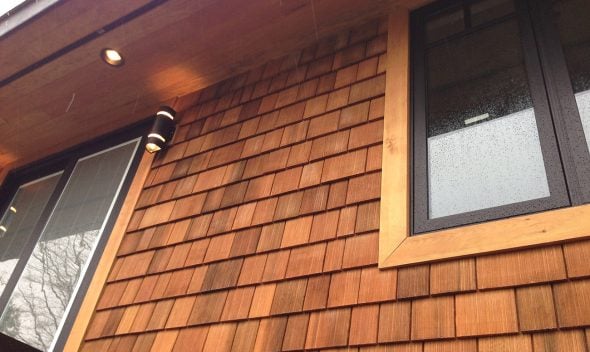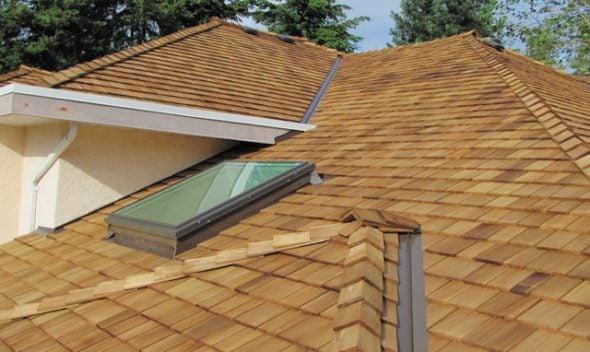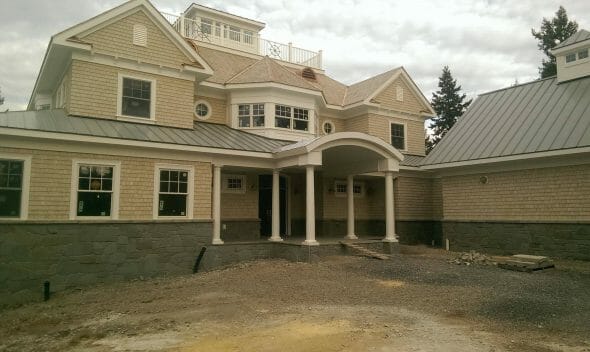Everything You Want to Know About Cedar Shake Roofs
Most people have heard about cedar shake roofs because they have been popular for centuries. Learning more about them is interesting. This guide will help you decide if a new roof made of cedar shakes will be the best choice for your home.
How are cedar shakes made?
Cedar shakes are handmade. Usually, one side of a cedar shake is purposefully left as a rough-hewn split from a large block of cedar wood. This natural surface texture gives cedar shakes their distinctive look. Most shakes are finished for uniformity by being cut with a power saw on the underside. This makes a nice level surface that helps with roof installations.
Is this real wood?
Yes, cedar shakes are a real wood product. Cedar is a great wood choice for roofing because it has a natural deterrent to insects and resists mold or fungus. Bugs do not like the smell of cedar.
Does this material create a fire hazard?
Any product made from wood will burn. Cedar shakes may be chemically treated with fire retardants to improve fire resistance.
How long do cedar shake roofs last?
Cedar has natural preservatives in the wood that resist decay. Cedar can also be pressure-treated with chemicals that extend its useful life. It is common for high-quality cedar roofs, which are properly installed, to last for 30 to 40 years.
How well does cedar shake roofing hold up in winter?
Cedar roofs are very durable and create a strong barrier against winter cold. If the cedar shakes are left untreated, they will change to a slightly gray color over time as they get stronger from exposure to harsh weather. Of all the natural roofing materials, cedar probably has the best resistance to winter weather.
Cedar Shakes Used as a Decorative Element
Cedar shakes can also be used with other types of roofing materials to provide a beautiful contrast. For example, a roof may be asphalt shingles and the upper portion of the home’s siding under the roof sheaths can be finished with cedar shakes. This provides a dramatic look that many find very attractive for a luxury home.
Cedar Shake Roof Maintenance
If you already have a cedar shake roof and you need repairs to be made or cedar shakes to be replaced we do this work as well.
When to Replace a Cedar Shake or Shingle
A tricky aspect of cedar shakes and shingles is that because they are wooden and meant to look natural, how do you know if they are damaged or just rustic? Here are some things to look for:
- If you see a crack or split with sharp edges and a light orange color within the split, the shake or shingle has been damaged by some sort of impact—possibly hail—and should be replaced. Some splits, defined by rounded edges and a dull orange or gray color, are part of the normal weathering process of the cedar; you can leave these cracks be if they aren’t too big and aren’t causing a leak.
- If a cedar shake or shingle curls upward, replace. Curling is normal as cedar ages, but when the roof is exposed because of it, bigger problems can arise.
- Lichen, moss, and algae that are left to grow unchecked can lead to bottom-edge rot, which in turn can lead to fraying. Shingles and shakes damaged this way should be replaced.
Threats to the Cedar Roof
A cedar roof is designed to last up to 50 years, depending on the quality of the wood. Yet, some threats might shorten that life span or at least damage individual shakes and shingles. Some of those threats are:
- Trees: Ironically, the wood above your house can damage the wood atop your house. Branches can grow into the roof and damage the shingles/shakes, and too much shade can result in a roof that takes too long to dry out after rain or snow, thus leading to dry rot.
- Debris: Leaves and other debris can collect on a roof and cause seepage, thus damaging the cedar via dry rot.
- Poor installation: If your cedar roof wasn’t installed correctly, problems can mount over the years. The shakes might have been too narrow or might have not had enough overlap, thus allowing water to seep underneath. Flashings may have been installed wrong as well.
- Sun and rain: The elements can take their toll on a cedar roof—shingles and shakes get wet, the sun dries out the wood, and cracks can occur over time. When the wood fails, the felt underneath may become exposed, and the potential of roof failure increases.


